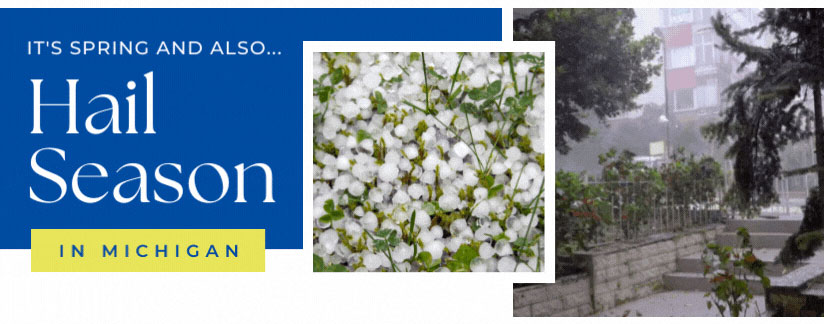Hail causes damage amounting to billions of dollars’ worth of losses every year. Not surprising, given that hailstones can get pretty big – the largest on record in the US weighed almost two pounds.
Spring and summer are peak hail seasons, especially in the Midwest, so, if you have a commercial building in that part of the country, hail is likely to fall on it at some point. Even a hailstorm that’s fairly short in duration or small in scope can create damage to your flat roofing system. Damage from hail impact on commercial roofs can vary, depending on a number of factors, such as the condition and age of the roof and the material underneath (for example, insulation vs. a more rigid cover board).
Once the hailstorm has passed, make it a priority to get on your roof to inspect for damage or hire a professional contractor to assess the situation. Clear visible indicators of roof damage include depressions, tears, or cracks in the membrane. Check carefully, because small cracks and other irregularities can be hard to spot until the roof experiences subsequent weathering. Those small cracks indicate that the membrane has been weakened, and may eventually lead to leak problems.
If the surface seems ok, check rooftop metal components, like HVAC equipment, gutters, and coping, for dents.
For single-ply membrane roofs, in addition to causing immediate problems, hail can compromise the strength of the attachment or adhesion of the membrane to the underlying insulation. Depending on how the system was installed, fasteners can loosen or the adhesive bond between membrane and insulation can separate. Also, hail can dent insulation beneath the membrane, creating gaps between those components. Subsequent severe weather can cause further separation and ultimately, roof failure.
If you’re in the market for a new roof, contact us today. At Great Lakes Roofing and Insulation, we can offer roof system options that can help minimize the effects of hail on your commercial facility.

